Imagine waking up to a stuffy room, your throat dry, and your skin feeling tight. That was me last winter, battling mysterious discomfort in my own home. After some digging, I discovered the culprit: improper indoor humidity levels. Monitoring indoor humidity isn’t just about comfort—it’s about health, home preservation, and energy efficiency. In this storytelling guide, I’ll walk you through the best tools to monitor indoor humidity levels, sharing my personal journey and practical tips to help you create a balanced, healthy living space. Let’s dive into why these tools matter and how they can transform your home.
Why Monitoring Indoor Humidity Matters
Indoor humidity affects more than just how your home feels. Too much moisture can lead to mold growth, while too little can cause respiratory issues or cracked furniture. According to the Environmental Protection Agency (EPA), ideal indoor humidity levels range between 30% and 50%. Straying outside this range can harm your health and home. For instance, high humidity fosters dust mites, worsening allergies, while low humidity dries out skin and nasal passages.
When I first noticed my home’s humidity issues, I ignored them, thinking it was just winter air. But soon, I spotted mold in my bathroom and felt constant sinus irritation. That’s when I realized monitoring humidity wasn’t optional—it was essential. Tools like hygrometers and smart sensors can help you stay in the ideal range, protecting your family and belongings. By understanding your home’s humidity, you can prevent costly repairs and improve air quality. Let’s explore the tools that make this possible.
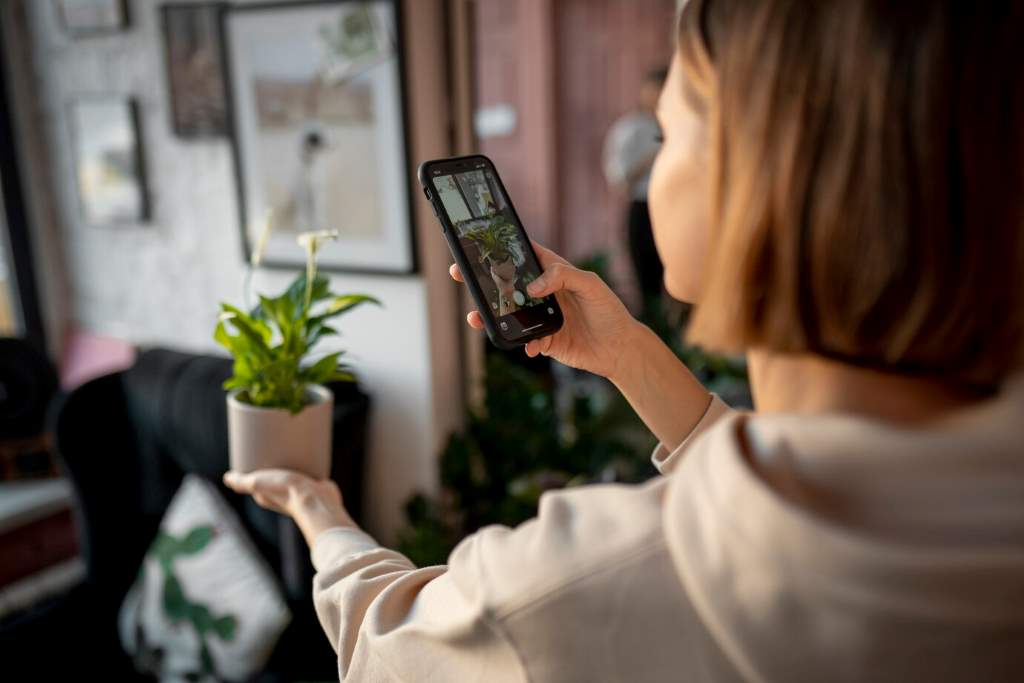
Types of Tools to Monitor Indoor Humidity Levels
Several tools can help you track indoor humidity, each with unique features. Here’s a breakdown of the most popular options to suit different needs and budgets.
Analog Hygrometers: Simple and Affordable
Analog hygrometers are basic, budget-friendly devices that measure humidity using a dial or needle. They’re easy to use and don’t require batteries, making them ideal for small spaces like bathrooms or closets. However, they can be less accurate than digital models and may need occasional calibration.
In my early days of humidity monitoring, I bought a $10 analog hygrometer for my bedroom. It gave me a rough idea of humidity levels, but I noticed inconsistencies when compared to other devices. Still, for beginners or those on a tight budget, analog hygrometers are a great starting point. Just ensure you place them away from direct sunlight or vents for accurate readings.
Digital Hygrometers: Precision and Features
Digital hygrometers offer greater accuracy and often include extra features like temperature readings or memory logs. They’re perfect for tech-savvy users who want detailed data. Some models even display humidity trends over time, helping you spot patterns.
After my analog hygrometer let me down, I upgraded to a digital model. The clear display and precise readings helped me adjust my humidifier effectively. According to a 2023 study by the National Institute of Standards and Technology (NIST), digital hygrometers can achieve accuracy within ±2% relative humidity, making them reliable for home use. If you want consistent results, digital hygrometers are worth the investment.
Smart Humidity Sensors: Connected Convenience
Smart humidity sensors take monitoring to the next level by connecting to your smartphone or home automation system. These devices send real-time alerts and integrate with platforms like Alexa or Google Home. They’re ideal for larger homes or tech enthusiasts.
I recently installed a smart sensor in my living room, and it’s been a game-changer. I get notifications when humidity spikes, allowing me to act quickly. However, smart sensors are pricier and may require a stable Wi-Fi connection. If you’re ready to invest in convenience, these tools offer unmatched control.
Benefits of Using Humidity Monitoring Tools
Using tools to monitor indoor humidity levels comes with several advantages. Here are some key benefits:
- Prevents Mold Growth: Keeping humidity below 50% reduces the risk of mold and mildew.
- Improves Health: Balanced humidity eases allergies, asthma, and skin irritation.
- Protects Furniture: Proper humidity prevents wood from cracking or warping.
- Enhances Comfort: Stable humidity makes your home feel cozy and inviting.
- Saves Energy: Monitoring helps optimize humidifiers and dehumidifiers, lowering energy costs.
- Reduces Repair Costs: Early detection of humidity issues avoids expensive fixes.
These benefits transformed my home environment, and I’m confident they can do the same for you.
Common Mistakes to Avoid When Monitoring Humidity
Even with the best tools, mistakes can undermine your efforts. Here are common pitfalls and how to avoid them:
- Placing Devices Near Vents: Airflow from vents or windows skews readings. Place tools in neutral areas.
- Ignoring Calibration: Analog hygrometers need regular calibration for accuracy. Follow manufacturer instructions.
- Overlooking Trends: Single readings aren’t enough. Track patterns over days or weeks.
- Neglecting Maintenance: Dust or debris can affect sensors. Clean devices regularly.
- Buying Cheap Models: Low-quality tools often give inaccurate readings. Invest in reliable brands.
- Not Acting on Data: Monitoring is useless if you don’t adjust humidifiers or ventilation accordingly.
Avoiding these mistakes ensures your tools work effectively, saving you time and frustration.
How to Choose the Right Humidity Monitoring Tool
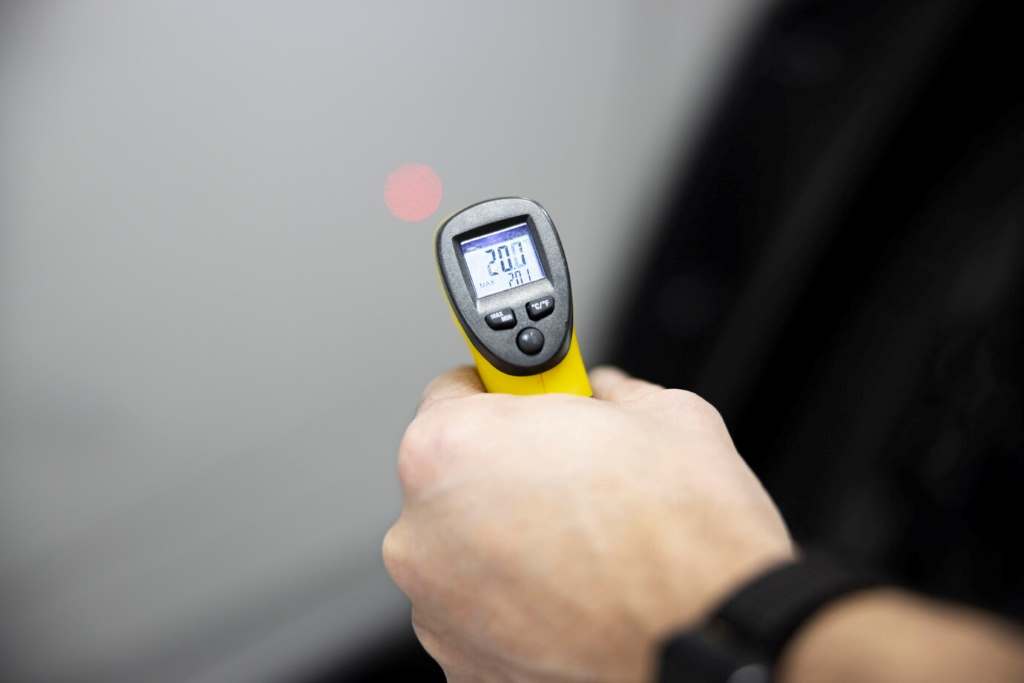
Selecting the best tool depends on your needs, budget, and home size. Start by assessing your goals. Do you need a simple device for one room, or do you want smart features for whole-house monitoring? Consider accuracy, ease of use, and additional features like temperature readings or app connectivity.
For small spaces, an analog or basic digital hygrometer works well. Larger homes benefit from smart sensors that track multiple rooms. Check reviews and opt for brands recommended by sources like Wirecutter for reliable performance. My smart sensor purchase was guided by online reviews, and it’s been a worthwhile investment.
Additionally, think about maintenance. Analog devices need calibration, while smart sensors require Wi-Fi and occasional updates. Budget-wise, expect to spend $10–$30 for basic models and $50–$100 for smart ones. Whatever you choose, ensure it fits your lifestyle and provides accurate data.
Tips for Effective Humidity Monitoring
To get the most out of your tools, follow these practical tips:
- Place Devices Strategically: Position hygrometers in living areas, not near windows or appliances.
- Check Readings Regularly: Monitor daily to catch sudden changes.
- Use Multiple Devices: Larger homes need sensors in different rooms for accurate data.
- Combine with Other Tools: Pair with humidifiers or dehumidifiers for optimal control.
- Keep a Log: Record readings to identify seasonal patterns.
- Update Smart Apps: Ensure smart sensors run the latest software for reliability.
These tips helped me maintain consistent humidity levels, and they can work for you too.
Conclusion
My journey from a stuffy, mold-prone home to a balanced, comfortable space started with understanding indoor humidity. Tools to monitor indoor humidity levels—like analog hygrometers, digital devices, and smart sensors—empower you to protect your health, home, and wallet. By choosing the right tool and avoiding common mistakes, you can create a healthier living environment. Don’t let humidity issues catch you off guard like they did me. Invest in a reliable monitoring tool today and breathe easier tomorrow.
Have you tried monitoring indoor humidity? Share your experiences or questions in the comments below, or pass this guide along to someone who needs it!
FAQs
What is the ideal indoor humidity level?
The ideal indoor humidity level is 30% to 50%, according to the EPA, to ensure comfort and prevent mold.
How often should I check my hygrometer?
Check your hygrometer daily or weekly to track trends and catch sudden changes in humidity levels.
Can I use a smartphone app to monitor humidity?
Yes, smart humidity sensors connect to apps, providing real-time data and alerts for easy monitoring.
Do analog hygrometers need batteries?
No, analog hygrometers don’t require batteries, making them low-maintenance but less precise than digital models.
Where should I place my humidity monitor?
Place it in a central area, away from vents, windows, or appliances, for accurate readings.




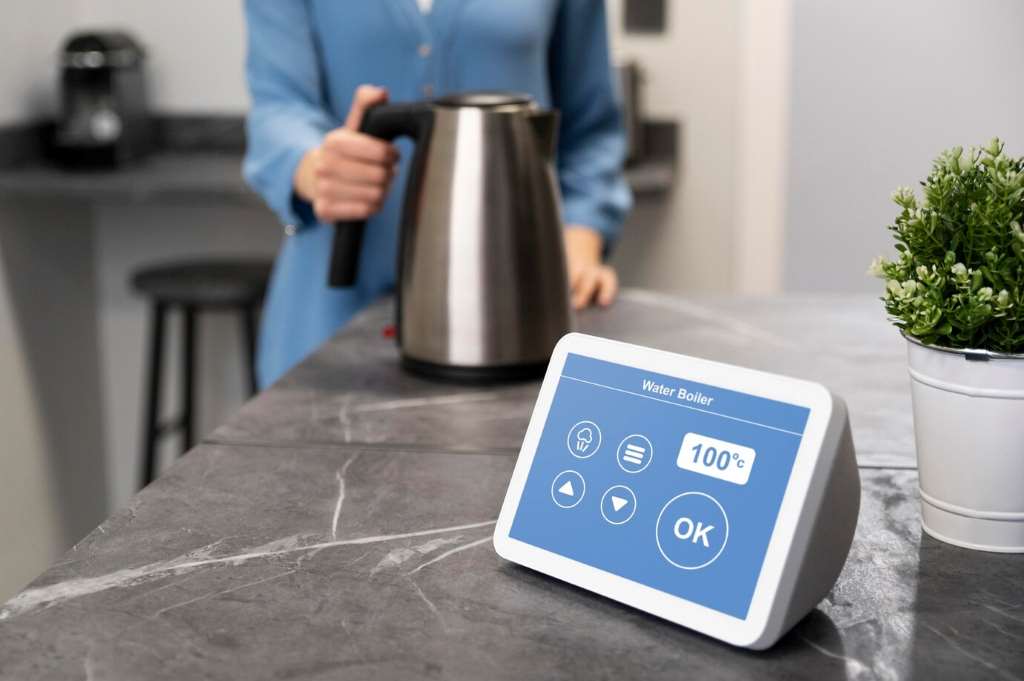
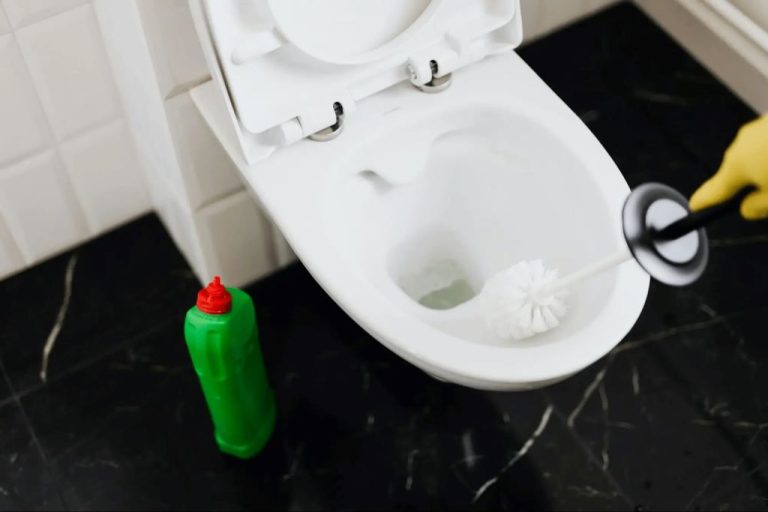
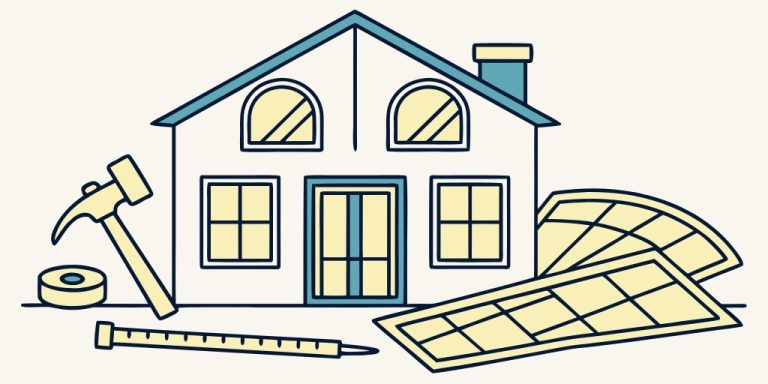





+ There are no comments
Add yours